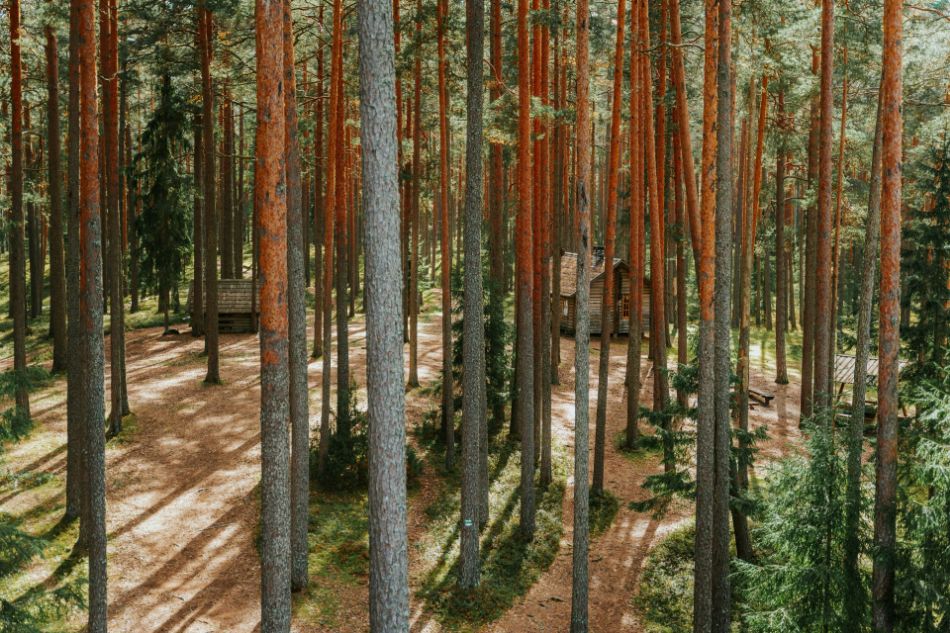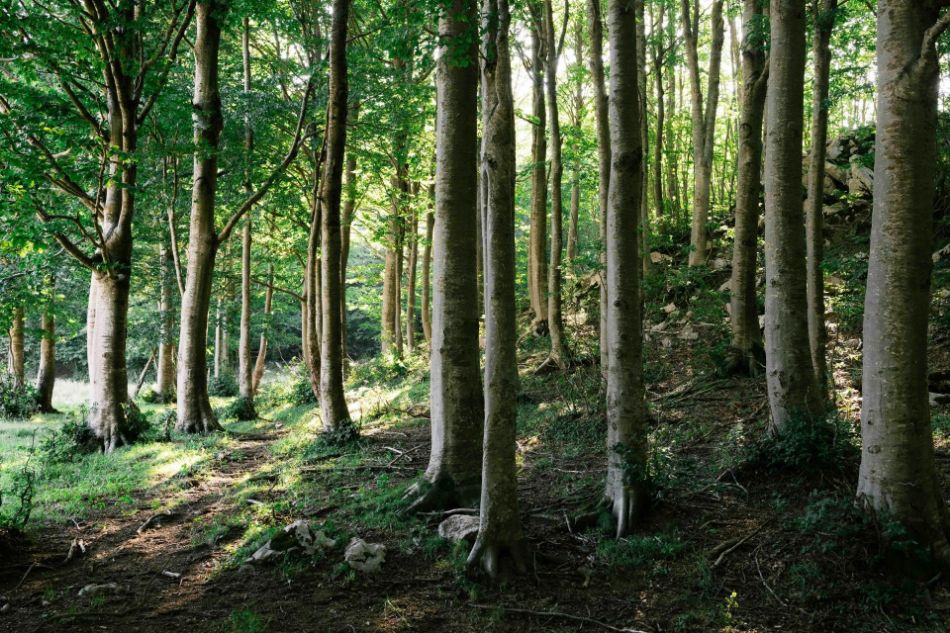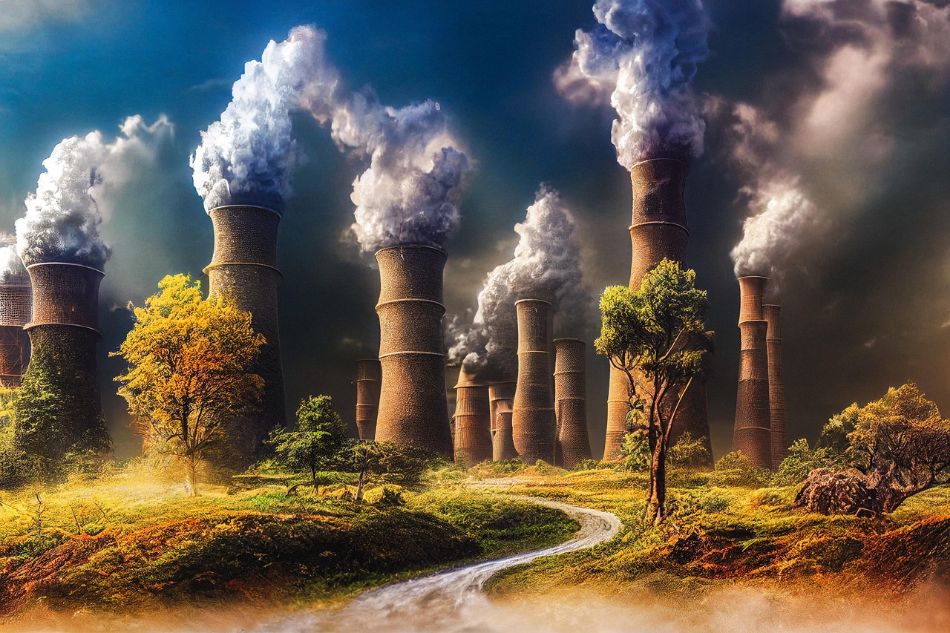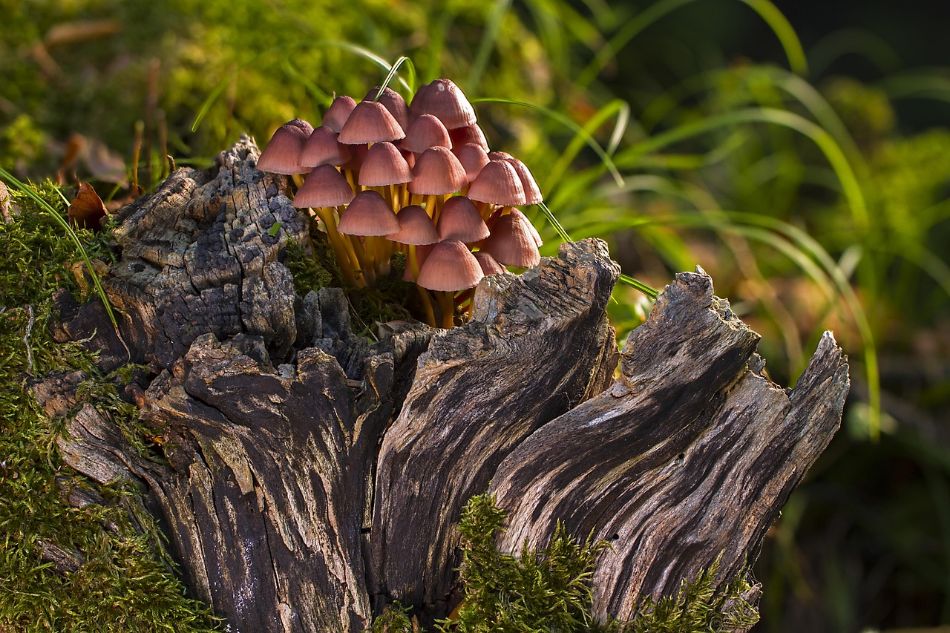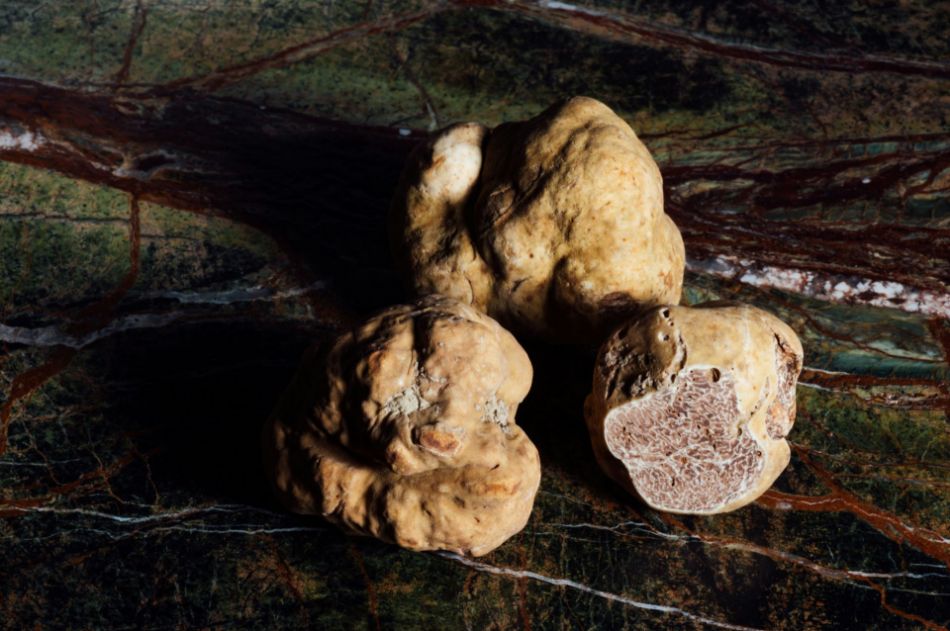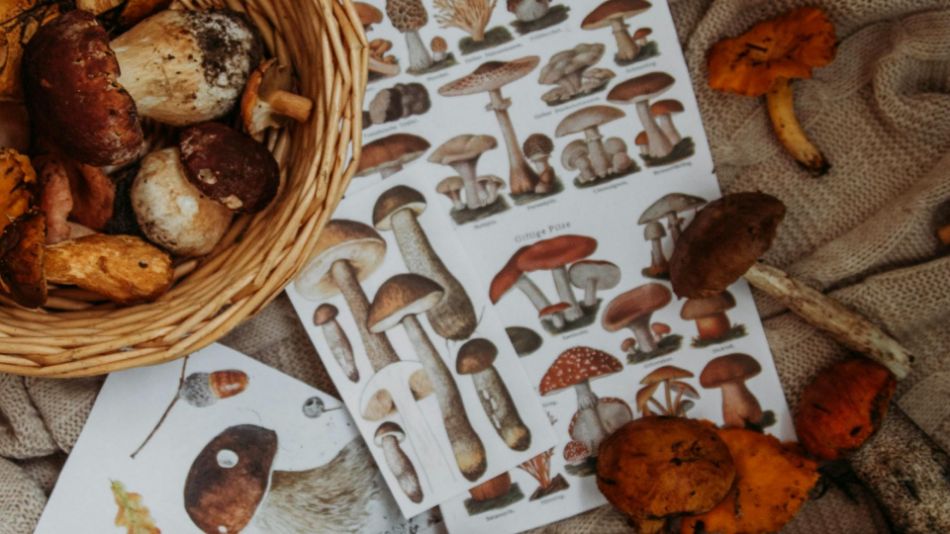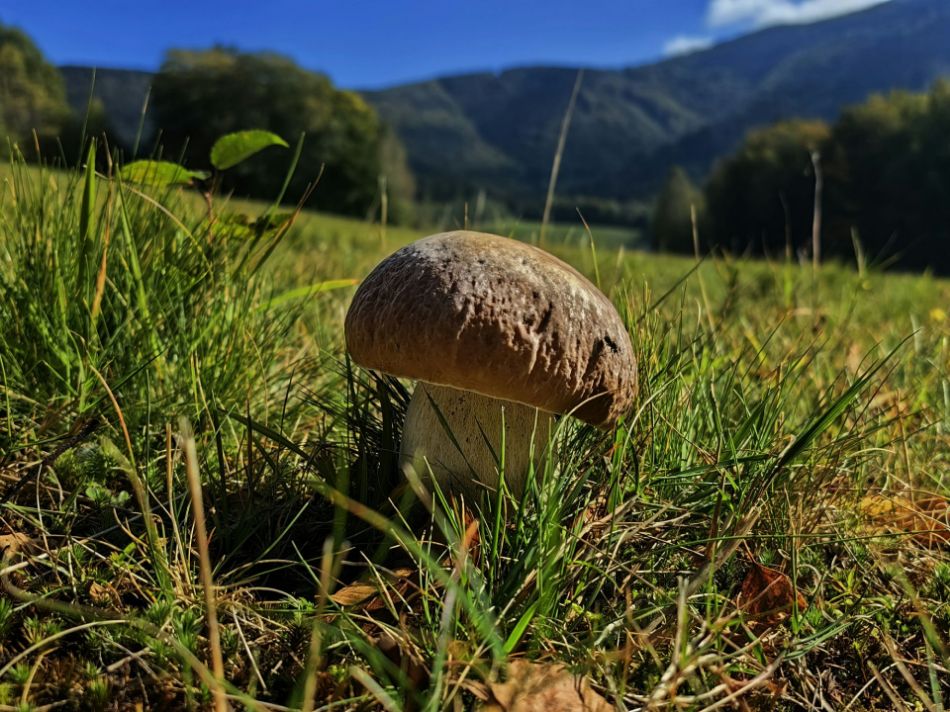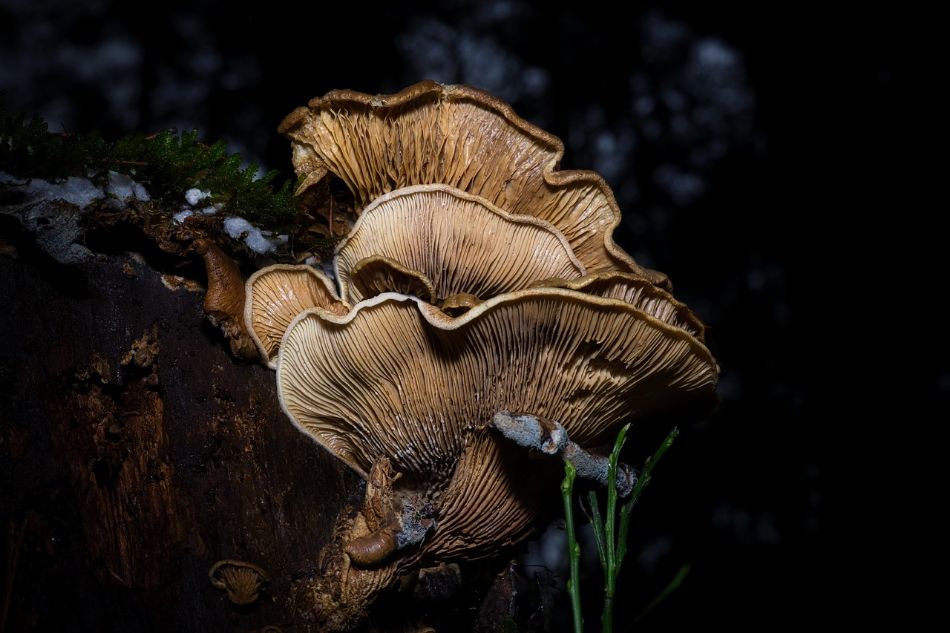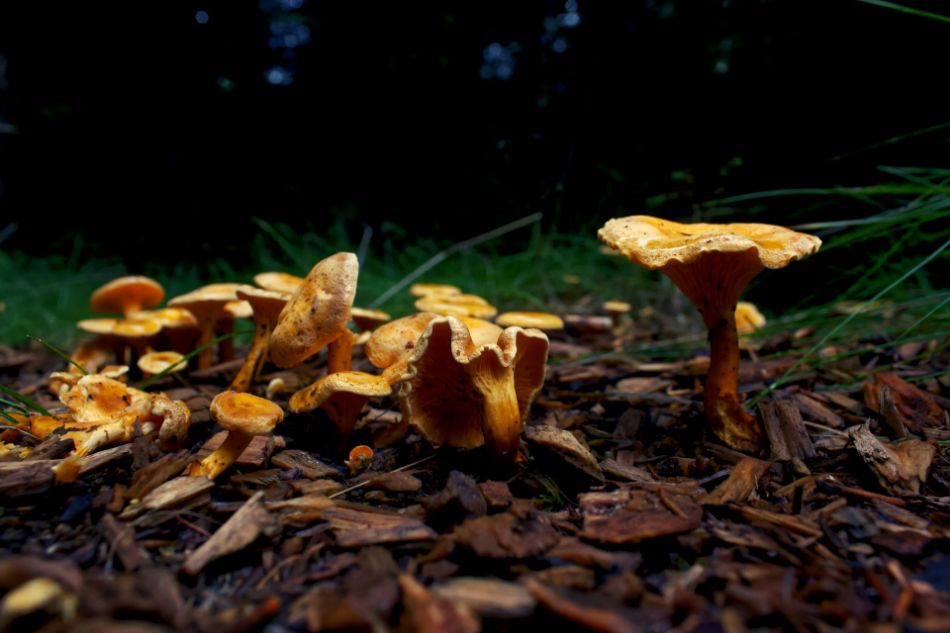Nestled between the provinces of Ferrara and Rovigo, the Mesola Forest represents one of the last remnants of the ancient forests that once covered the Po Valley. This extraordinary ecosystem, spanning 1,058 hectares, is not only a refuge for deer and fallow deer, but a true mycological paradise, home to over 300 documented fungal species. Its unique geographical location—just 5 km from the Adriatic Sea but nestled in the Po Valley hinterland—creates unique microclimatic conditions that foster exceptional fungal biodiversity, with thermophilic species alongside varieties typical of cooler climates.
Walking through the Matese woods at dawn, when the morning mist still shrouds the treetops and the scent of moss and humus fills the lungs, is an experience every mushroom hunter should try at least once in their lifetime. This mountain range, a veritable treasure trove of biodiversity between Campania and Molise, represents one of the last bastions of Italian wilderness where the mycological tradition has been passed down for generations.
In an era of increasing industrialization, mushrooms are emerging as sensitive bioindicators of soil health. This article, based on 127 scientific studies and 9 global databases, reveals how lead, dioxins, and radionuclides accumulate in fruiting bodies, with unprecedented data on toxicity thresholds for consumers. Let's explore this fascinating and worrying phenomenon together.
Forest cultivation of lignicolous mushrooms is a complex biological system that requires a multidisciplinary approach, integrating microbiology, forest ecology, and process engineering. This treatise systematically analyzes the growth parameters of 10 commercially valuable species...
When Swiss mycologist Simon Pauli first described Tuber magnatum in his "Observationes Mycologicae" in 1653, he could not have imagined that three and a half centuries later we would still have so many mysteries to unravel about this and other Italian fungal species.
In mycological practice, the herbarium is as fundamental a tool as the microscope is to a biologist. This technical guide will take you on an in-depth journey through the creation of a scientific collection of dried mushrooms, a process that combines the art of preservation with the methodological rigor of research.
The mountain environment represents one of the most fascinating and complex ecosystems for the study of mycology. As altitude increases, fungi develop unique adaptation strategies to survive extreme conditions: cold temperatures, wind, intense UV radiation, and nutrient-poor substrates. Let's discover together what...
Mycologists, beware! What seems like a harmless stroll through the woods with a basket in hand can turn into a legal nightmare if you're unfamiliar with the Italian laws governing mushroom picking. In this definitive guide to picking, we'll guide you through the regulatory maze that governs this activity.
Walking in the woods at night with only the moonlight, the rustling of leaves underfoot and that unique emotion when the flashlight suddenly illuminates a circle of perfect prignoli... Night mushroom hunting is an experience that deeply divides the mycological community.
Italy is a true paradise for mycology and mushroom picking enthusiasts, with diverse landscapes that offer perfect habitats for hundreds of species: here, mushroom picking is not just a hobby, but an experience that combines well-being, contact with nature and gastronomy...










